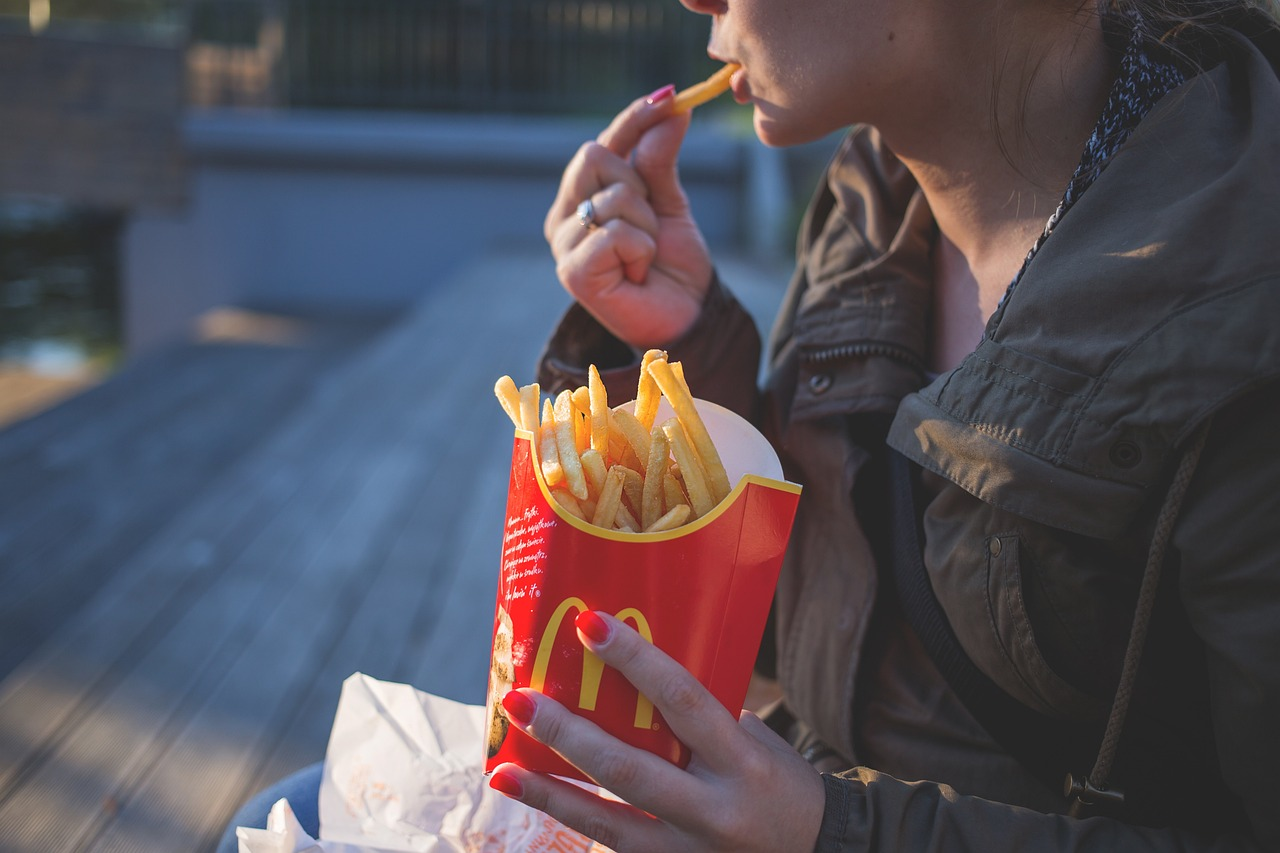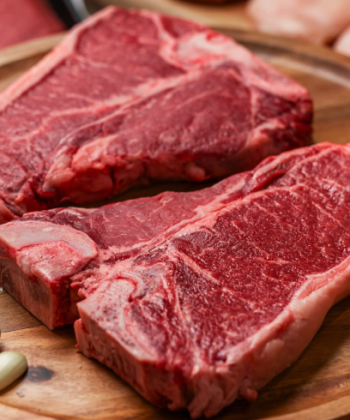
The digital landscape has profoundly altered most industries, making it more convenient and easier for people to do a range of tasks and activities than ever before, like helping to find an online casino welcome bonus, grocery shopping, or working remotely. Even industries we do not typically think of as inherently digital or tech-oriented, like the food service sector, benefit from digital capabilities.
Digital capabilities have heightened the dining experience and changed our relationship with restaurants, from fast food places to fine dining establishments, whether we’re the customers, workers, or owners. How have digital capabilities had such a profound impact on the eating-out experience? To answer this, we will look at six popular digital tools and possibilities offered in the industry.
1. Self-Checkout Kiosks
When you walk into fast food restaurants, it is not uncommon nowadays to come across self-serve or self-checkout kiosks. These allow us to look through a menu, select what we want—including any customizations we may want or need—and pay, all without talking to a person behind the counter. This allows us to take our time ordering and gives us peace of mind that our order is correct.
For restaurants, these kiosks free up workers’ time to complete other pressing tasks and get food to customers more efficiently. This makes it easier to staff restaurants adequately and deliver a positive customer experience while saving restaurant owners money.
2. Making Digital Reservations
Another helpful convenience digital tools offer customers and restaurants is the ability to make reservations online instead of in person or over the phone. Nearly half of restaurant-goers (47%) prefer making reservations online rather than calling or going in person to book a table ahead of time. Online reservation programs also allow workers to focus their time and energy on other tasks.
3. Perusing Digital Menus
Most of us start our dining experience not when we arrive at the restaurant but rather well in advance when deciding where to eat. We go online to see what restaurants have on their menus and use this to guide our decision on where to eat and even to determine if the restaurant atmosphere aligns with what we have in mind. Before we sit down at a table, we know what to expect regarding specialty diet options and pricing.
During the pandemic, it became much more common for restaurants to have QR codes linking to digital menus rather than offering physical menus to limit potential virus exposure. This flexibility allows them to experiment with new dishes to see which drive customer satisfaction and profit or to adjust prices to reflect changing procurement costs. As a result, restaurants can easily change prices or dishes as needed without the extra costs of designing and printing a new menu each time.
4. Making Digital Payments
Many of us increasingly prefer digital payment options, including when dining out. Digital platforms enable us to spend money in ways better suited to our preferences and needs. When restaurants accept more forms of payment, they make their offerings accessible to more people, increasing the likelihood that customers will choose them over competitors.
5. Using Loyalty Programs & Apps
Loyalty programs are a popular way for fast-food chains and other dining establishments to encourage us to buy more and build stronger connections. Many offer apps that help facilitate the programs and provide loyal customers with custom offers and recommendations based on past dining habits and information provided during sign-up.
Popular examples include McDonald’s and Starbucks, which offer loyalty programs and apps that create personalized experiences, encouraging repeat visits for guilty pleasures. Offering an app and loyalty program helps these companies stand out in the competitive food landscape, as customers are more likely to choose places they feel connected to or where they get more value for their money (similar to how frequent fliers choose credit cards that reward frequent travel).
Even companies that don’t prepare food themselves take advantage of loyalty program tactics and use mobile apps to facilitate their operations like Skip the Dishes and Uber Eats, adding to our options as customers for picking and choosing the foods we want. These platforms give us far more options than restaurant-specific apps, allowing us to collect points every time we dine out rather than each time we return to the same place.
6. Placing Mobile Orders
The apps mentioned above often combine with the concepts of self-serve kiosks and digital payments by allowing us to place orders directly through them for our favorite restaurants or takeout places, making the dining experience more convenient and streamlined. Some apps will even provide the option to order ahead of visiting a restaurant so that our order is ready as soon as we arrive, while others will also allow us to have our order delivered right to us. These qualities make it easy and convenient to satisfy our cravings or save time getting food.
Conclusion
Digital dining tools enhance customer experiences and streamline operations, transforming the dining-out experience into a digital one. Whether we are accessing apps on our phones, using self-serve kiosks, booking tables online, or taking advantage of digital loyalty programs, dining out nowadays perfectly pairs with our reliance on digital devices, making it more convenient than ever.


